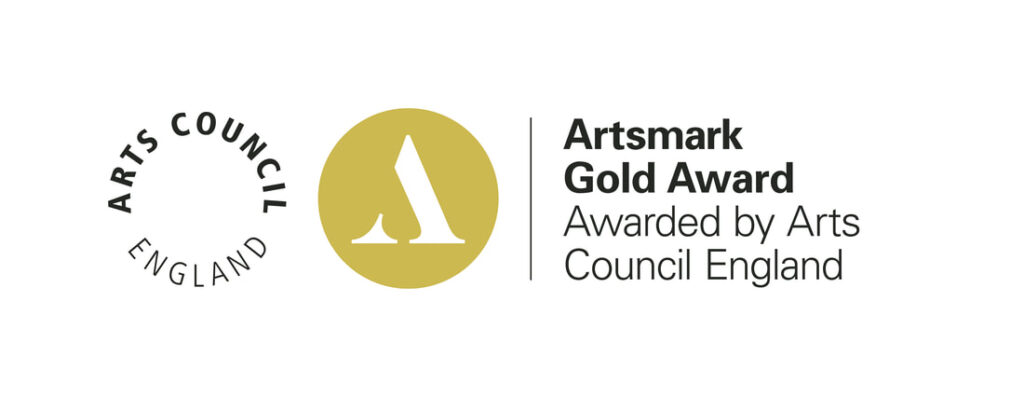Art
We have specialist art teachers who work at Blue Gate Fields Junior across the week bringing their expertise and originality from their own work into our school.
Our art curriculum (which encompasses the objectives outlined in the national curriculum) is taught through a keen focus on observational drawing as the starting point for all work. Our children are taught to look, look and look again. The teaching and appreciation of the arts flows throughout the curriculum, with it deepening understanding of other curriculum areas, in particular the humanities.
The basis of our art teaching is direct observation, with drawing as a foundation. We also use paint, printing, collage and clay to develop the children’s skills and enjoyment, as well as their creativity, self-expression and confidence.
The pupils may be drawing household objects or plants on the table, or a person in front of them. Whatever the subject, they will be focusing on looking, assessing, comparing and revising as they go. The structure, volumes, spaces, scale, distance, textures and surfaces of those forms – in their surroundings – will be all grappled with, consciously or not.
Vegetables have weight – they sit or rest on a surface in a certain way; they cast shadows, and shapes are created around them. A standing or seated figure leans or inclines; the weight is distributed in certain ways which affect the overall shape and dynamism of the whole figure. When drawing in the school playground, pupils assess relative distance and scale…they gain a sense of space, and of their own place within this familiar environment.
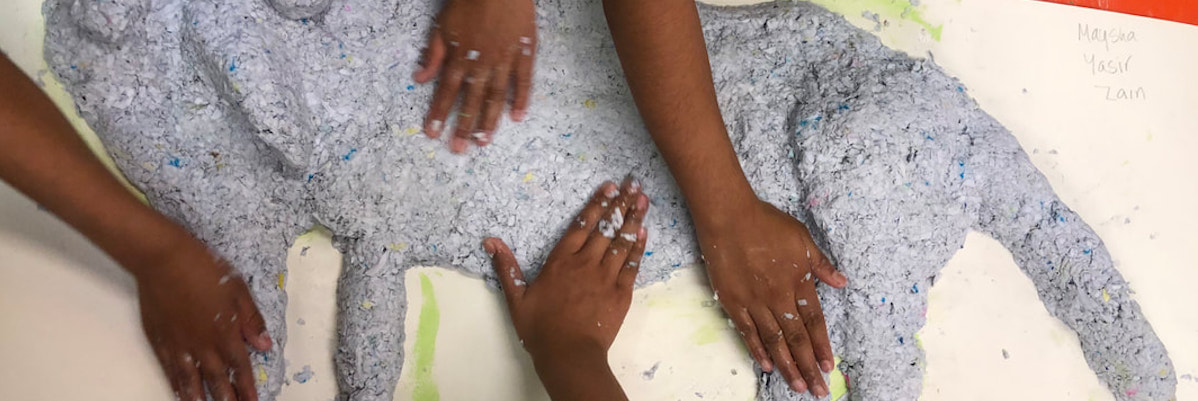
In art lessons pupils observe their surroundings, themselves and others. By making drawings to represent familiar places, people and things they learn to make sense of the world around them. As they draw, they understand. They want to get it right, to refine – to represent what they see as well as they can. Teachers support children to talk about their work, to develop the language to be able articulate their thinking. Each child has his or her own style, as they have their own voice or way of walking. We do not teach ‘style’ – our job is to encourage them to look, keep looking, and to show what they see with confidence and energy. Some opt for a linear style; others enjoy using tones to convey shadows and darker areas. They may work in delicate detail, or more boldly and simply. Others prefer to express themselves using three dimensional materials such as clay, or recycled materials.
The children are encouraged to discuss their own, each other’s and other artists’ work, so they can describe and analyse it. This helps them to evaluate their own progress, to learn more about the subject and to discover some of the different ways that artists work. Thinking about the work of other artists is further encouraged through philosophical talk during See, Think Wonder reflections which are recorded in journals.
A solid grounding in art develops pupils’ creative thinking, and deepens their learning in other subjects of the curriculum.
Art planning is responsive to the cultural and environmental climate of the moment; the school endeavours to make full use of the opportunities that our locality and London can offer. It aims to chime with the wider school curriculum, yet not follow it without question when links feel tenuous. Its rationale makes it, by nature, changing and changeable although its roots are firmly in an understanding of what good arts education looks like.
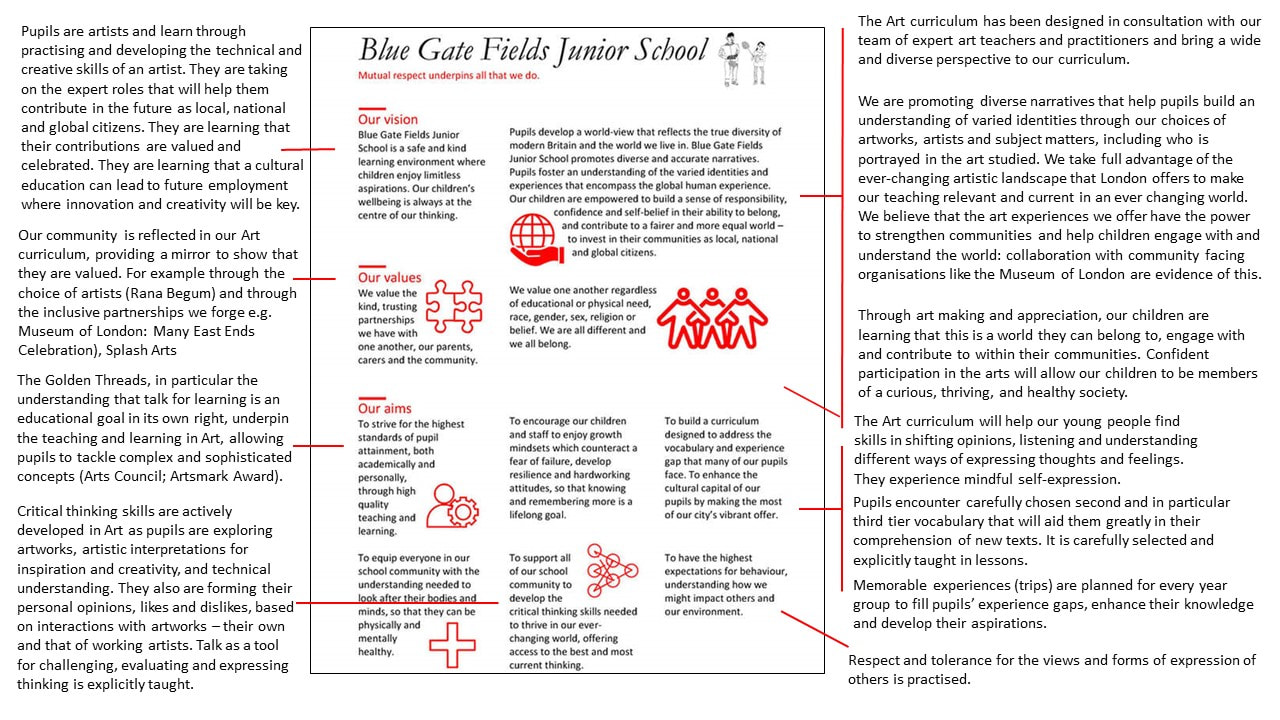
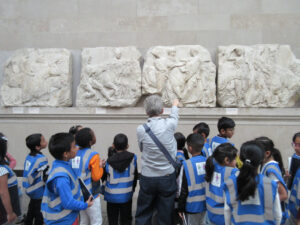
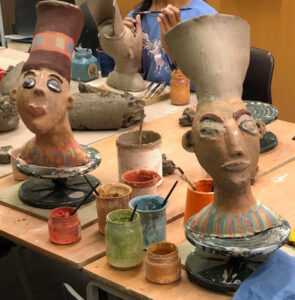
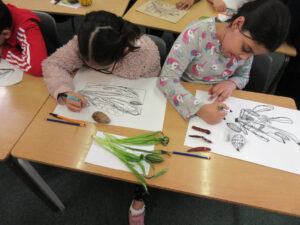
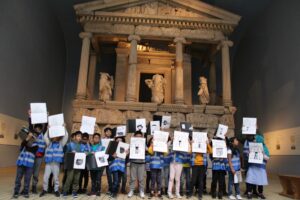
Documents to detail more about what we do, and why we do it:
